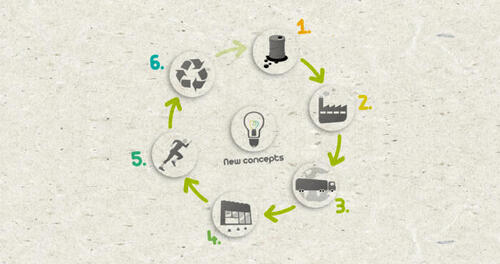WHAT IS
ECO-DESIGN?
Eco-design consists of incorporating a product's environmental impact into its design from the very beginning, taking into account the product's entire life cycle. Incorporating environmental impact, means minimising the impact our products have on the environment, starting with their design. A product that is designed (or redesigned) within an environmentally-conscious framework is a product that performs the same functions while also providing environmental benefits.
This is how!
All Products
Discover them all
We are passionate about more than just sports at Decathlon. Sustainability is something that we take very seriously when looking at our business practices, stores and more importantly the many products that we sell each day. We make effective and positive changes to ensure our products are not only environmentally conscious, but long lasting and repairable too. To find out more about how our products have an environmental advantage with Eco Design, read the article below.
Shop NowRECYCLED COTTON
DOPE DYED
BITON
RECYCLED POLYESTER

THE PRODUCT LIFE CYCLE
1 - Raw Materials: Extraction and processing
2 - Production: Manufacturing techniques
3 - Transportation: From where is it made to where it is sold
4 - Retail: Place and method of sale
5 - Use: How it is used, cleaned and maintained
6 - End of life: Repair, recycling, destruction
